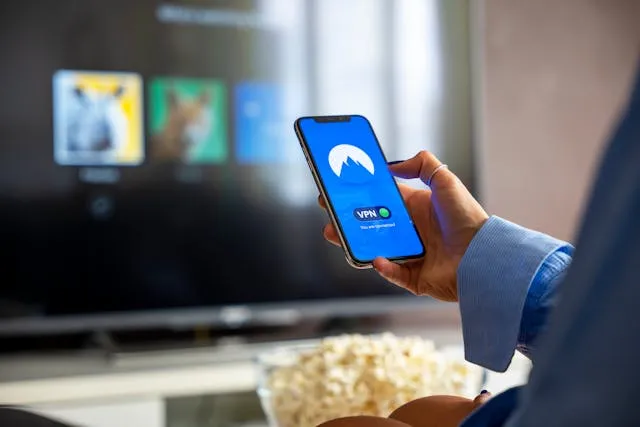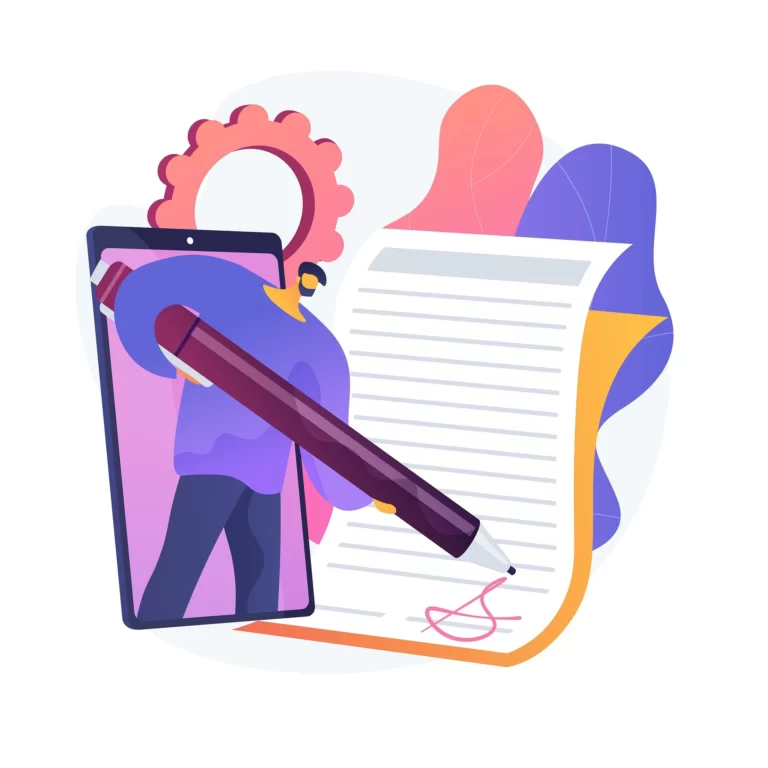The Ultimate Guide to Lifeline Cell Phone Qualifications


The FCC’s Lifeline program provides low-income consumers with free or discounted phone service. The Lifeline program offers discounted or free phone services to eligible low-income individuals, including providing a free or discounted cell phone. To qualify for the discount, you must complete certain information forms accurately and honestly.
The eligibility requirements include income and participation in government assistance programs. In addition, subscribers are limited to one phone per household.
Contents [show]
Income-Based Eligibility
The Federal Communications Commission (FCC) started the Lifeline program in 1984 to give low-income households access to reasonably priced phone service. Since then, the program has undergone some critical changes and evolved to reflect the modern wireless world. Today, the program is known as the Affordable Connectivity Program and can be accessed through eligible telecommunications carriers. The service discount is available to anyone who meets the program’s income-based eligibility guidelines. These cover having an income at or below 135% of the Federal Poverty Guidelines and participating in State and Federal aid programs.
These eligibility guidelines apply to people in all states, territories, and tribal lands. The Universal Service Administrative Company (USAC) assists consumers in verifying their eligibility and staying current with the program through an annual recertification process. USAC requires verification of your identification and household income to ensure that the information you provide is correct.
It’s important to remember that you can only receive one Lifeline discount per household. The discount can be applied to phone service, broadband Internet. A bundled voice/broadband package from an approved wireline and wireless service provider. You also may qualify for the Affordable Connectivity Program if you participate in the Lifeline program and meet its free Lifeline cell phone qualifications guidelines.
Program-Based Eligibility
A household’s eligibility for Lifeline depends on whether a member receives benefits from one of the accepted assistance programs. These include SNAP, Medicaid, the Supplemental Security Income (SSI), Veterans or Survivors Pension Benefit and Tribal programs. You can learn more about your state’s accepted programs using the program’s verification website.
The program offers a monthly discount on phone or broadband service or bundled services for both. It is also possible to qualify for a free internet-capable device. ACP replaces the Emergency Broadband Benefit, which had 17 million subscribers in 2012. However, enrollment has fallen behind SNAP and even the federally funded Medicare Part D, with only 7.7 million enrollees as of July 2020.
Only one Lifeline phone or home broadband service is available per household. The phone or broadband provider can differ from the carrier offering the discount. Lifeline is a non-transferable benefit, so only one eligible line of service can be used by a household, up to one phone or internet subscription.
Your provider and the National Verifier will verify your household’s eligibility for Lifeline. The proof required will depend on your program type and household income. The National Verifier will verify that you meet the requirements and notify you of your status within 7-10 days.
Requirements for Proof of Eligibility
The Lifeline program has helped millions of low-income Americans get the phone and Internet service. They need to stay connected to family, friends, health care providers, emergency services, and job opportunities. Lifeline is administered by the Universal Service Administrative Company (USAC) and overseen by the FCC to ensure that all eligible households can afford 21st-century connectivity services.
In most states, consumers must apply online to receive their Lifeline benefits. The fastest way to do this is to use the Lifeline National Verifier, which allows you to verify your eligibility using electronic documents. Also, you can submit a paper application to your state’s Lifeline service provider. However, receiving an eligibility decision with a paper application typically takes a few weeks.
Aside from the verification process, you must provide proof of your income to qualify for a phone and Internet connection through the Lifeline program. This can be done by providing the documentation listed. Lifeline application or showing a document that proves your income. Such as an unemployment insurance notice, paycheck stub, or tax return.
Requirements for Keeping Your Eligibility
You must meet some requirements to keep your Lifeline cell phone service valid. You are eligible for this government-supported program if you or someone in your household participates in one of the accepted assistance programs listed above. Your total household income is below 135% of the poverty guidelines set by both your State and Federal governments. Each household can only use one Lifeline discount, which can be applied to wireless phones, bundled phone/internet services, or home landlines.
In addition to meeting the income-based or program-based requirements, you must verify your eligibility at least once every 30 days. This can be done by contacting the provider or visiting an approved site. You must bring proof of your status. Including pay stubs, a utility bill, a tax return, a letter from an accepted assistance program, or a government-issued photo ID. In some states, this verification can be automated through a database maintained by the carrier.
Also Read: Ready, Set, Heal: The Indispensable Tools in Your Nursing Kit



